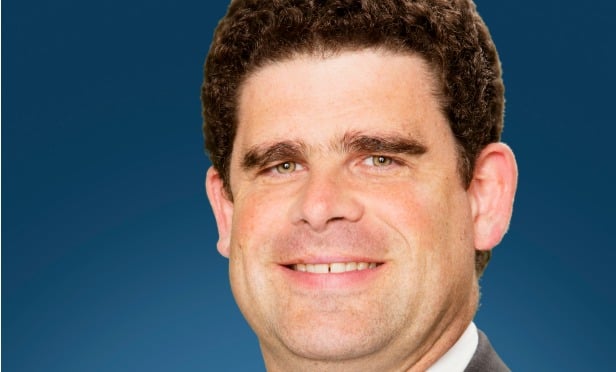Retail landlords have a new tenant option: urgent care facilities. These operators have been leasing up former big box locations in retail centers and strip malls throughout California, according to Andrew Fogg, a partner at Cox, Castle Nicholson. While the demand is high, these deals also come with zoning and parking challenges, but they are also helping to drive occupancy at some retail centers that have seen significant vacancies as a result of store closures. To find out more about this trend, we sat down with Fogg for an exclusive interview. Here, he tells us the benefits, challenges and why this trend is here to stay.
GlobeSt.com: What is driving urgent care demand for retail spaces?
Andrew Fogg: There are a number of reasons. Obviously there have been pressures on the retail environment because of online shopping, and there are retail spaces available These shopping centers are also easy to fit into and have a lot of convenient supporting uses, such as a pharmacy or grocery store, that will drive foot traffic. So, there tend to be a lot of synergies in terms of how they are operated and space available that makes them a potential good fit. There are also some challenges, as well.
GlobeSt.com: What are those challenges?
Fogg: There are a few challenges. Many times, the use categorization of urgent care facilities will fall under a medical clinic, and a lot of times those aren't allowed or would require a special use or conditional use permit. That can make the process more challenging. One of the biggest challenges is parking. Sometimes, and this is particularly true in developed shopping centers, the tenant may have a parking requirement that is higher than what is required for other uses. For example, the medical use may require five spaces per 1000 while the retail use only requires four spaces per thousand. In that instance, there may not be enough parking to meet the code. If a facility is either under parker because of historic parking requirements or it barely meets the requirement under the existing code, there may not be enough parking in the overall lot to make it work. There is also sometimes a private issue when there are CC&Rs present in the facilities that will dictate uses that are allowed and not allowed. Sometimes, medical uses were expressly prohibited in the CC&Rs, so it can take a vote from the property owners, and those approvals can prove challenging depending on the ownership structure.
GlobeSt.com: Have there been cases when you haven't been able to make a deal work because of these challenges?
Fogg: Yes, there have been cases. I can think of one case in particular when an operator was looking at a site formerly occupied by a big box. The medical office operator ran into issues in the zoning use issues and a parking issue, as well as a CC&R. We have had a number of these where we kicked the tires on a potential deal, and due to one or a number of these factors, it didn't work out. There are also a lot of times when it does. For people doing these types of deals, zoning, parking and CC&Rs are the three things that you really want to look at.
GlobeSt.com: Are there geographic patterns where the demand is highest?
Fogg: I think that where there are shopping centers with vacancy pressures, landlords will look to a variety of uses to fill those spaces, and that is now including urgent care uses. It isn't limited to urban markets. We have seen successful deals in a suburban context. In California specifically, I have looked at these sorts of issues in various California municipalities.
GlobeSt.com: Is this a current fad, or do you think urgent care will become a common tenant in retail centers?
Fogg: I believe that this is a trend that will continue, and I believe that it is an opportunistic play on both sides. We are all keenly aware of the vacancy issues that have impacted retail. There is no question that as a lot of the big boxes have gone away, it affects foot traffic and inline. There are a lot of issues that have come into play as things have realigned. I think that this is a tremendous opportunity both for filling that space and to draw people to the center. If you have an urgent care facility on one side of the center and a pharmacy on the other, I see a lot of potential for synergy that could help. It can certainly be a way to help drive additional foot traffic. I think these users are going to continue to look at retail spaces, and where it makes sense for both parties, I think they will continue to peruse those opportunities.
Want to continue reading?
Become a Free ALM Digital Reader.
Once you are an ALM Digital Member, you’ll receive:
- Breaking commercial real estate news and analysis, on-site and via our newsletters and custom alerts
- Educational webcasts, white papers, and ebooks from industry thought leaders
- Critical coverage of the property casualty insurance and financial advisory markets on our other ALM sites, PropertyCasualty360 and ThinkAdvisor
Already have an account? Sign In Now
*May exclude premium content© 2024 ALM Global, LLC, All Rights Reserved. Request academic re-use from www.copyright.com. All other uses, submit a request to [email protected]. For more information visit Asset & Logo Licensing.









